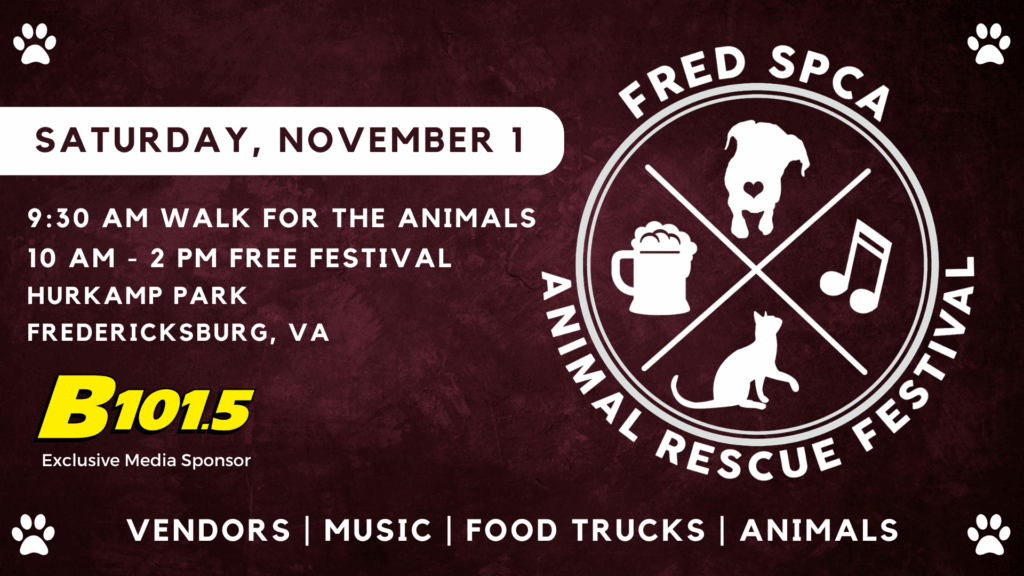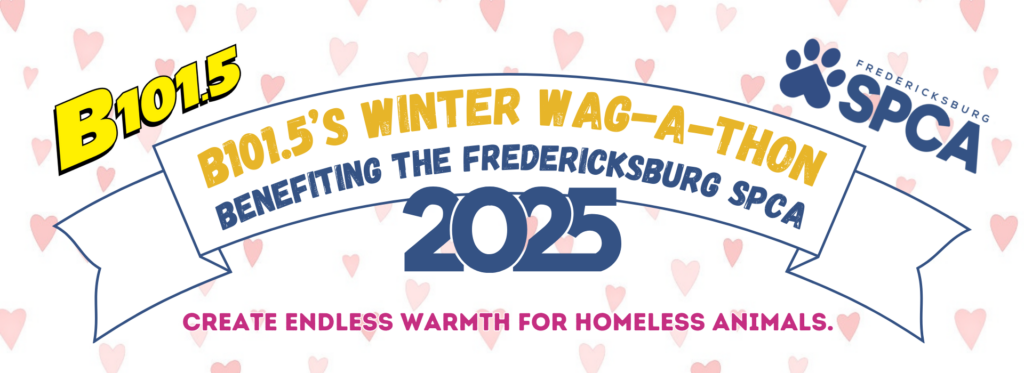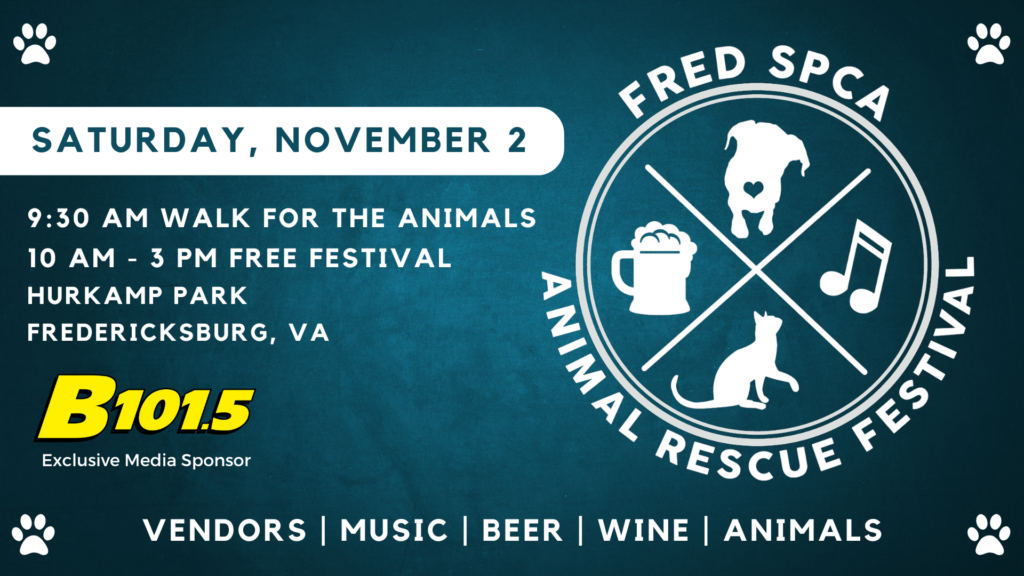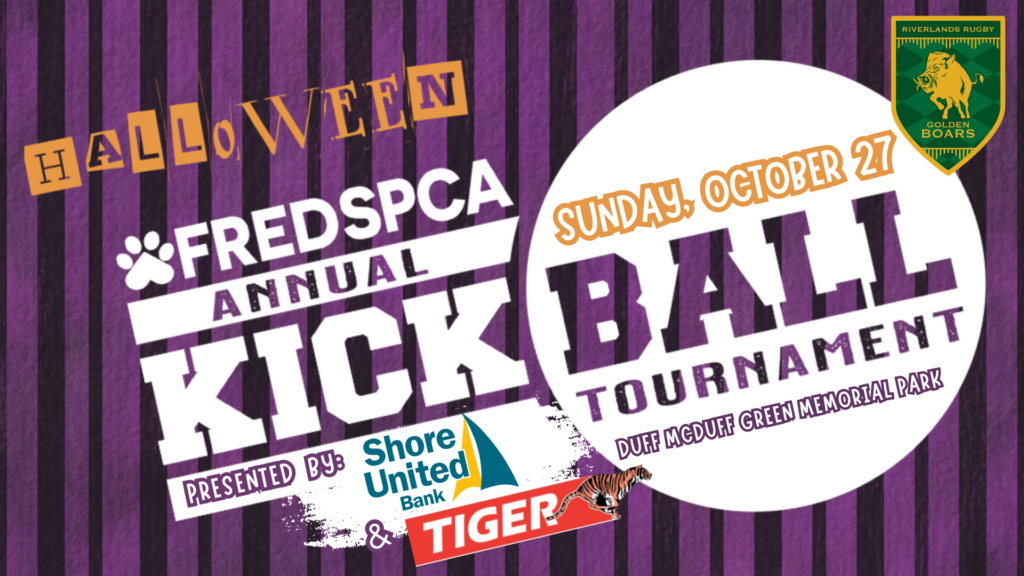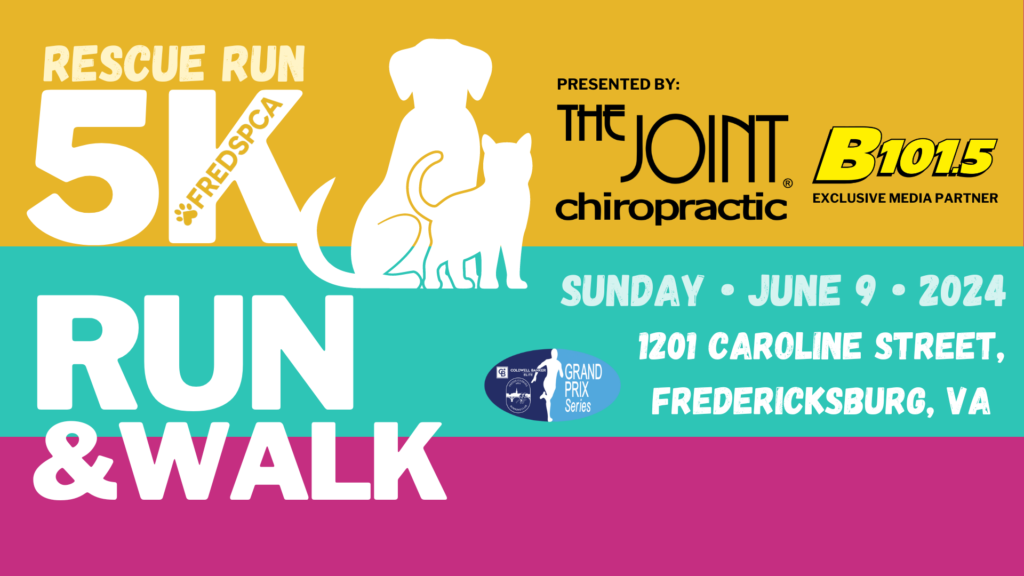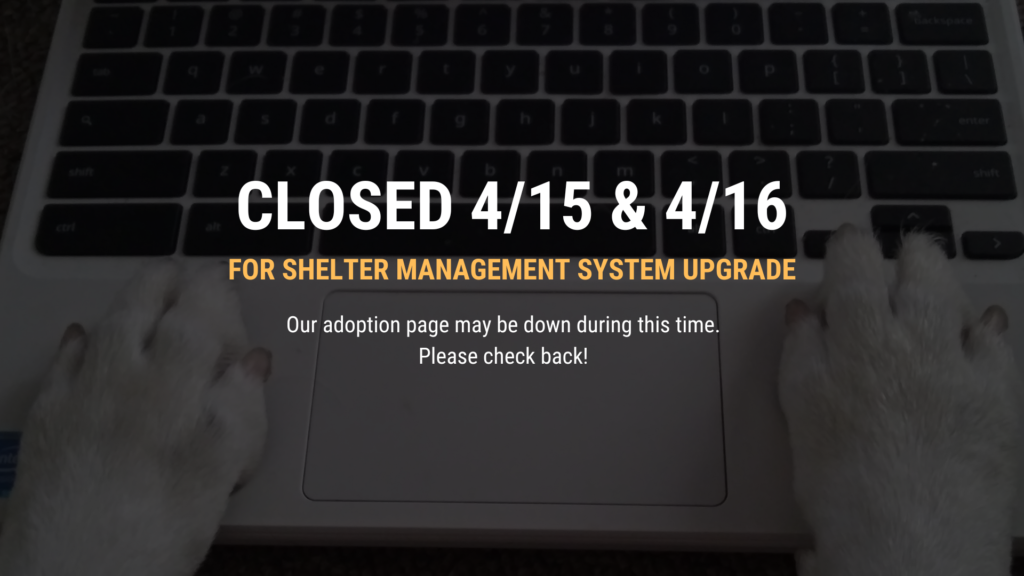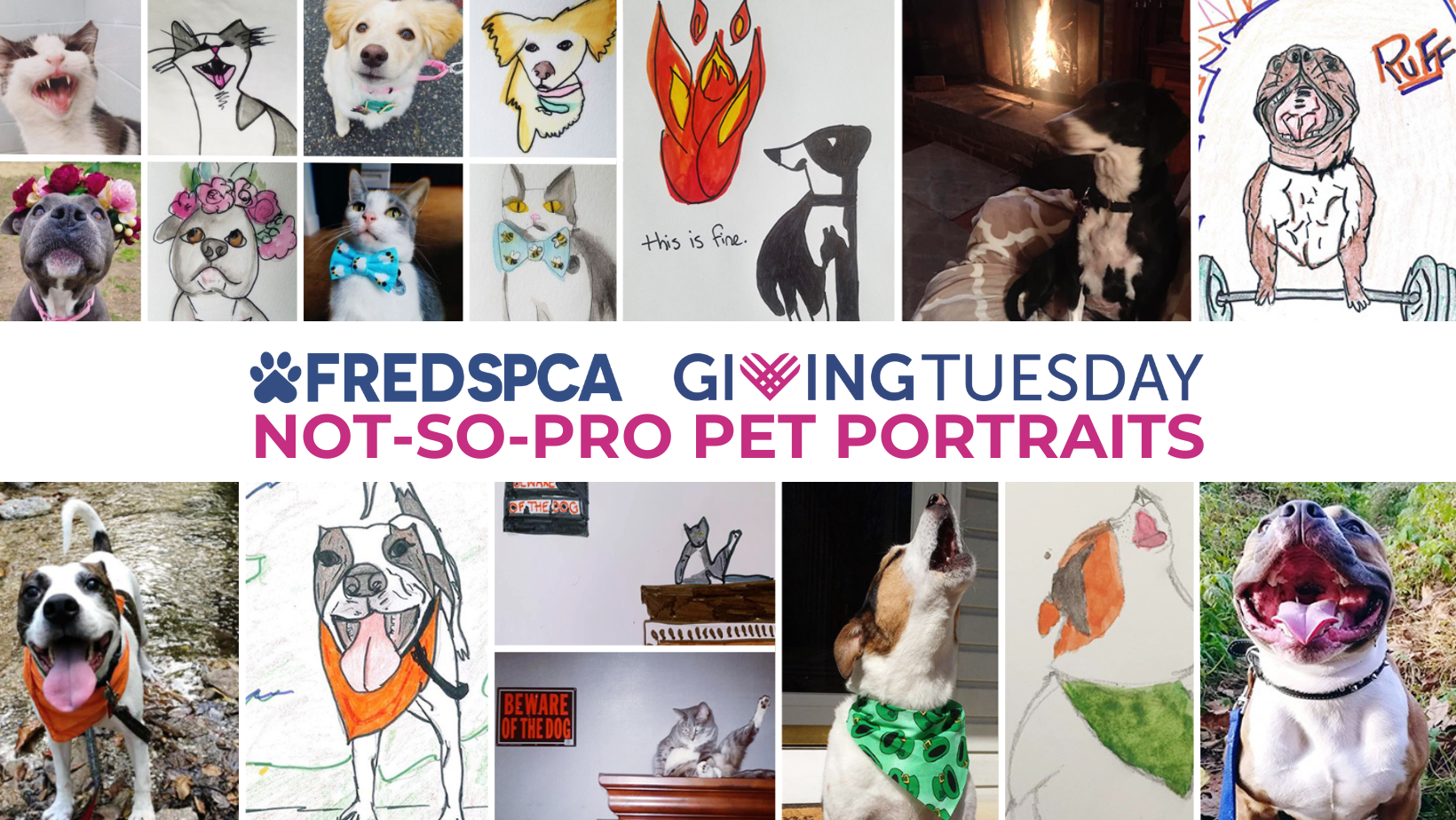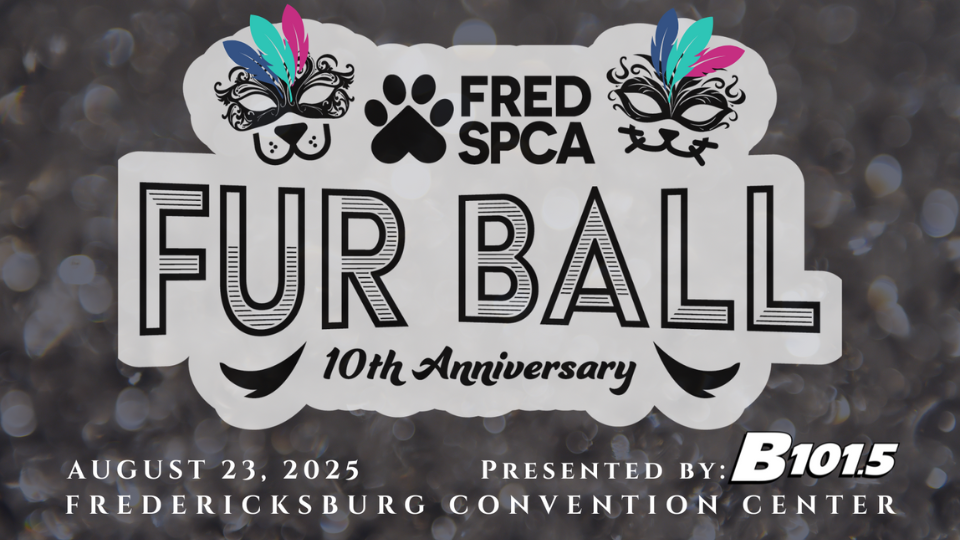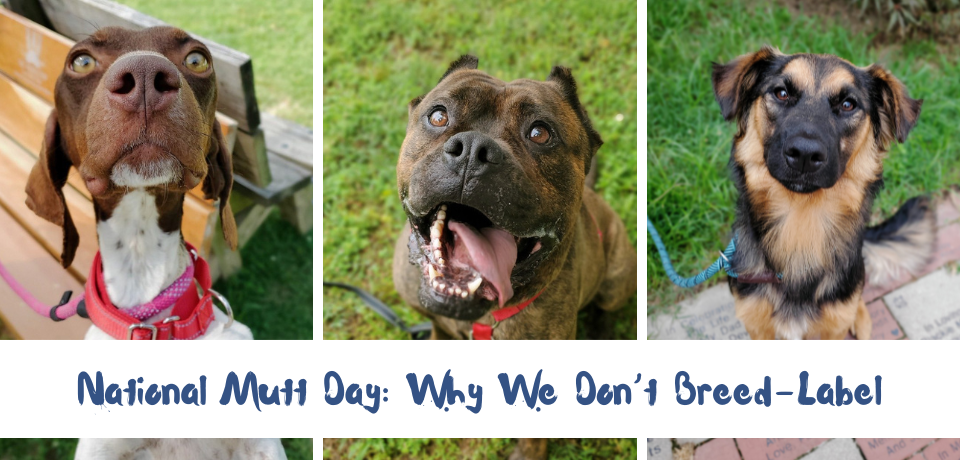
July 23 is National Mutt Day, and we’re here for it. It’s a perfect excuse to celebrate the wonderfully weird, wildly lovable world of mixed-breed dogs. The word “mutt” has been around for over a century, originally used to describe dogs without a known breed or pedigree. Today, it’s more of a badge of honor; a casual, affectionate term for the one-of-a-kind pups who defy breed charts, ancestry reports, and tidy little boxes.
At the Fredericksburg SPCA, we are proud to show off our mutts. We describe our dogs by their personalities, quirks, and preferences, not their presumed lineage. Unless a dog comes with verified paperwork or has undergone a canine DNA test (which most haven’t), any breed guesses are just that: guesses. And while one of the most common questions we hear is, “What breed is he?” the honest answer is, we usually don’t know. And that’s more than okay with us.
Why? Because a dog’s behavior, needs, and quirks are not determined solely by breed – especially one we *think* that they look like – and research shows we’re usually wrong. They’re shaped by individual experiences, environment, and who they are at heart. One dog’s enthusiasm for fetch, another’s fear of vacuum cleaners, or a third’s deep and undying love for peanut butter all say more than a breed label ever could.
So what’s the harm in a little breed-guessing?
We get it. People like to know what kind of dog they’re bringing home. But assigning a breed based on appearance can bring unintended consequences. Breeds come with reputations (some flattering, some not) and those stereotypes can quickly become expectations. A dog labeled as a German Shepherd might be assumed to be protective, intelligent, and energetic. But what if she’s shy and prefers long naps on the couch? A dog labeled as a pit bull might be seen as a risk, even if he’s a total sweetheart who regularly startles himself with his own flatulence.
Studies show visual breed identification is often inaccurate. Even professionals, including veterinarians and shelter staff, get it wrong when relying on looks alone. More importantly, these inaccurate labels can become adoption barriers. When potential adopters focus on breed instead of getting to know the dog in front of them, they may overlook an animal who would be a perfect fit for their home.
At the Fredericksburg SPCA, we’ve met wiggly couch potatoes, high-energy lap dogs, and sensitive souls in stocky bodies. We’ve met dogs with lab-like faces who act nothing like a lab, and dogs that look like herding breeds who couldn’t care less about your backyard chickens. Breed just isn’t the whole story. And it certainly isn’t the most important part.
What really matters?
Whether a dog does well with other animals. Whether they enjoy car rides. Whether they need a hiking partner or a snuggle buddy. These are the traits that help build lasting connections between people and pets. Our goal is to make matches based on behavior, lifestyle, and mutual compatibility, not on a label that might not even be accurate.
So this National Mutt Day, we hope you’ll join us in celebrating the magic of the mix. Celebrate the dogs who are 100% unique, 100% lovable, and completely themselves. Because love isn’t about pedigree. It isn’t about papers or percentages. It’s about connection, joy, and companionship.
And that kind of love? It’s never limited to one breed.
